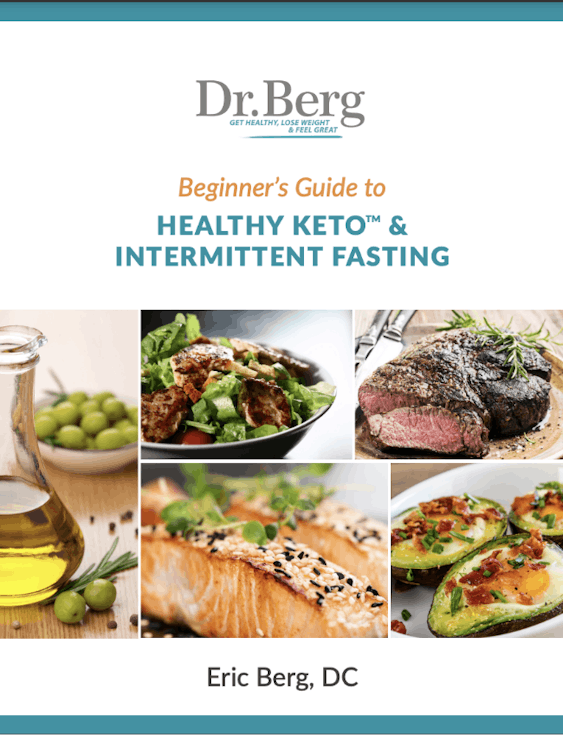Do NOT Consume Farm Raised Fish Anymore
Choosing between farm-raised and wild-caught fish can be confusing. It's a common question for health-conscious shoppers. This isn’t just about taste; it’s about your health, the environment, and supporting sustainable seafood.
There’s a lot of conflicting information online about farm-raised vs wild-caught fish. This can make it difficult to determine the healthiest choice.
Understanding the Farm-Raised vs Wild-Caught Fish Debate
Fish is good for you. It’s rich in omega-3 fatty acids. Eating seafood promotes heart health and brain function and reduces inflammation.
But does the source of your fish impact these benefits? Let's examine the farm-raised vs wild-caught debate and explore fish consumption's health impacts.
The Case for Wild-Caught Fish
Wild-caught seafood live and feed in their natural environment. Their diet consists of what nature intended, creating a nutrient profile high in minerals, including omega-3s.
This natural diet often results in leaner fish. Wild-caught salmon, for instance, typically has higher omega-3 fatty acid concentration than its farmed counterpart, a plus for heart and brain health.
However, overfishing is a threat to ocean biodiversity. Sustainability is vital when making seafood choices. Eating wild-caught involves responsibility.
Wild-caught fish may contain trace amounts of mercury. This is less of a concern with smaller fish lower on the food chain, like tilapia and catfish, which have shorter life spans.
Vary your fish choices, including salmon, for optimal nutrient intake and reduced risk.

The Concerns about Farm-Raised Fish
Farm-raised fish grow in controlled environments like tanks or ponds. Their provided diet might differ greatly from their natural food sources, affecting nutrient content.
Farmed seafood often eat genetically modified grains and animal byproducts. Many people have concerns about the possibility of herbicides and antibiotic use.
Some farm-raised fish have higher omega-6 to omega-3 fatty acid ratios. Grain-based feed ingredients contribute to this imbalance, which can trigger inflammation.
This raises important questions about the impact of feed ingredients on human health.
Crowded farm conditions can increase disease risk. Antibiotics are often used, potentially increasing exposure to antibiotic-resistant pathogens. This is a point to consider when choosing seafood.
Farm-raised fish tend to have more PCBs (polychlorinated biphenyls). These toxins, as per the EPA, pose health risks. This is a significant concern when considering farm-raised vs wild-caught options.
Making the Best Choice: Your Guide to Farm-Raised vs Wild-Caught Fish
Which fish is right for you? Consider these factors when choosing between farm-raised and wild-caught fish.
Think Sustainability and Your Health with Farm-Raised vs Wild-Caught Fish
Consider the source of your fish. Your choice impacts your health and the planet.
Understanding farming practices, sustainability efforts, and fishing methods empowers informed seafood choices. This protects your well-being and contributes to healthy oceans.
The Monterey Bay Aquarium Seafood Watch program provides excellent guidance. Choosing seafood from this list promotes fish consumption while ensuring environmental responsibility.
Check for Certifications for Wild-Caught Options
Look for labels like Marine Stewardship Council (MSC) certification. This assures sustainable fishing practices that minimize environmental damage.
Eating wild-caught certified by MSC aligns with supporting thriving oceans.
Research Reputable Fish Farms
If you choose farm-raised, research the farm's practices. Some farms operate ethically, prioritizing sustainability and fish health. Choosing seafood becomes easier when you understand these options.
Look for certifications such as the Aquaculture Stewardship Council (ASC), the Aquaculture Improvement Project (AIP), or Best Aquaculture Practices (BAP). These ensure high-quality seafood from sustainable, responsible aquaculture.

Focus on Variety for Health in Wild Caught
Choose a variety of wild-caught fatty fish when possible. Select fish lower on the food chain; they accumulate fewer toxins.
Consult seafood sustainability guides and diversify your choices. This lessens the strain on individual fish populations and maximizes nutrient intake.
You can enjoy wild-caught salmon or smaller fish, like tilapia and catfish, for example. All of these can provide high levels of essential fish oils and minerals, including those with a milder flavor, than traditional meats.
Nutritional Differences Between Popular Fish Choices
When choosing between farm-raised and wild-caught fish, understanding the nutritional differences is key to making a healthier choice.
Factors such as omega-3 fatty acid content, protein quality, and potential contaminants can vary significantly depending on how the fish is sourced.
Comparing cod vs salmon, for instance, reveals distinct nutritional profiles—salmon is known for its higher omega-3 content, which supports heart and brain health, while cod offers a leaner protein option with fewer calories.
Wild-caught varieties of both fish tend to have a more favorable nutrient profile, with fewer harmful additives and a richer concentration of essential fatty acids.
Including a mix of these fish in your diet can provide a diverse range of health benefits while ensuring you get the best quality seafood for optimal well-being.
Conclusion
Making informed choices about farm-raised vs wild-caught fish benefits your health and ocean ecosystems.
Seek certified options and research farming practices when buying farmed fish. Prioritize both healthy living and responsible aquaculture.
Enjoy fish as part of a healthy diet. Awareness empowers you to select seafood options that enhance your well-being and preserve our planet. Always consider sustainability when comparing farm-raised vs wild-caught fish.
Look for higher-fat fish with feed ingredients as close to nature intended for the healthiest choice and the highest quality seafood, but if choosing fresh seafood with lower fat, like tilapia, catfish, or similar, fish farms, raising smaller fish can be the better choice.
FAQs about farm-raised vs wild-caught fish
Which is better, farm-raised fish or wild-caught?
Wild-caught fish generally have higher omega-3s due to their natural feed ingredients and are often considered healthier.
Sustainable fishing practices are crucial. Farm-raised fish may raise concerns regarding potential toxins, fatty acid ratios, and antibiotics. There is no single healthiest choice.
Farmed or wild-caught fish can both be excellent choices, each providing minerals, including essential fish oils, while remaining an environmentally responsible protein option.
What are the disadvantages of farm-raised fish?
Farm-raised fish may have higher PCB concentrations. Some are fed GMOs. Antibiotics may be used. Often, they contain suboptimal fatty acid ratios.
Crowded conditions on fish farms can be a concern. Farm-raised options warrant careful evaluation when deciding what fish to buy.
What is the healthiest farm-raised fish?
If choosing farm-raised fish, research farms and certifications. Consider indoor recirculating aquaculture systems (RAS) for better environmental control.
Farmed fish typically has a milder flavor, and vary depending on fat content, and can contain a large portion of the vitamins and nutrients found in wild fish, making it a healthy choice when you understand fish farms and the farming industry.
Is it better to eat wild-caught fish?
Wild-caught fish often boasts higher omega-3s due to its diet. Choosing wild-caught supports ocean ecosystems. Check seafood sustainability guides to ensure responsible choices between farm-raised vs wild-caught fish.
A larger fish typically has higher fat content but eating wild-caught fish offers the highest quality and nutrient content as close as possible to nature intended.
Previous blog
The Best Heart Attack PredictorNext blog
The Dangers of Using Baking SodaTags

Popular
08/21/2024
55K views
02/23/2025
46.3K views
11/18/2024
277.5K views
03/18/2024
11/21/2022




